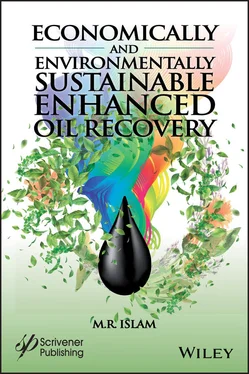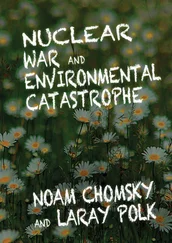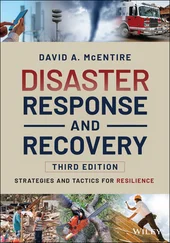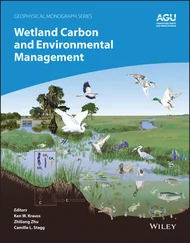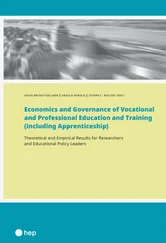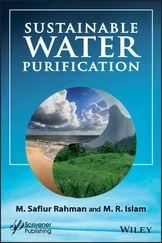Gas in commercial quantities was first produced from the Trenton limestone in Oswego County in 1889 and in Onondaga County in 1896. By the end of the nineteenth century, natural gas companies were developing longer intrastate pipelines and municipal natural gas distribution systems. The first gas storage facility in the United States was developed in 1916 in the depleted Zoar gas field south of Buffalo.
By the late 1920s, declining production in New York’s shallow gas wells prompted gas companies to drill for deeper gas reservoirs in Allegany, Schuyler, and Steuben counties. The first commercial gas production from the Oriskany sandstone was established in 1930 in Schuyler County. By the 1940s, deeper gas discoveries could no longer keep pace with the decline in shallow gas supplies. Rapid depletion and over drilling of deep gas pools prompted gas companies in western New York to sign long-term contracts to import gas from out of state. It took the construction of pipelines to bring natural gas to new markets. Although one of the first lengthy pipelines was built in 1891 - it was 120 miles long and carried gas from fields in central Indiana to Chicago - there were very few pipelines built until after World War II in the 1940s.
Similar to all other developments in modern Europe, World War II brought about changes that led to numerous inventions and technological breakthroughs in the area of petroleum production and processing. Improvements in metals, welding techniques, and pipe making during the War made pipeline construction more economically attractive. After World War II, the nation began building its pipeline network. Throughout the 1950s and 1960s, thousands of miles of pipeline were constructed throughout the United States. Today, the US pipeline network, laid end-to-end, would stretch to the moon and back twice. The phenomenon of pipelining is of significance. Because of this, there has been tremendous surge in the corrosion control industry.
Onondaga reef fields were discovered by seismic prospecting in the late 1960s. Seven reef fields have been discovered to date in southern New York. Today, the Onondaga reef fields and many Oriskany fields are largely depleted and are being converted to gas storage fields. This state of depletion was achieved after a long production period and extensive hydraulic fracturing throughout 1970s and 1980s. These were considered to be tight gas sands. Recently, the same technology has made a comeback (Islam, 2014). The rapid development of New York’s current Trenton-Black River gas play is made possible by technological advances in three-dimensional (3D) seismic imaging, horizontal drilling, and well completion. The surge in domestic oil and gas production through “fracking” emerges from technologies popularized in the 1970s. However, 3D seismic or multilateral drilling technology was not in place at the time. Figure 2.6 and Figure 2.6a show how natural gas production evolved in the state of New York throughout history.
In this figure, the first spike relates to discovery of Devonian shale. That spike led to a quick depletion. In early 1970s, production from “tight gas” formations led to another more sustained spike in gas recovery. During that period, extensive hydraulic was introduced as a means for increasing productivity. However, it was not considered to be a reservoir production enhancement scheme. In 2000, at the nadir of oil price, yet another spike took place in the state of New York. This related to the development of Trenton-Black River field. This gas production scheme would lead to record gas production in that state in 2005. This spike continued and led the way to producing domestic gas and oil from unconventional reservoirs in United States. Today, production from unconventional gas reservoirs has taken an unprecedented turn. In 2013, production from shale gas, tight gas, and coalbed methane (CBM) accounted for domestic production surpassing imports for the first time in 30 years. Shale gas, tight oil, or other unconventional resources are found in many of the states that had already produced from conventional sources.
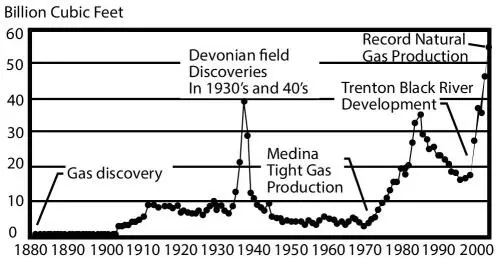
Figure 2.6History of natural gas production from New York.
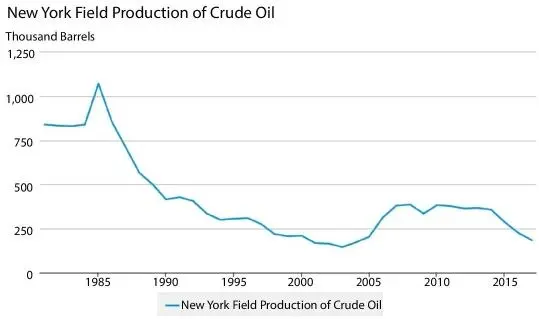
Figure 2.6aHistory of oil production in New York (from EIA, 2018).
While oil and natural gas opportunities in New York remain bright, interest is growing regarding other subsurface resources in the State, such as geothermal energy, compressed air energy storage in geologic settings, and CO 2sequestration in geologic formations to address concerns around climate change. The links between these rest on a basic understanding of the State’s geology and evolving applications of technologies and practices originally associated with oil and gas exploration and production. The Challenges Ahead The current pace and scale of natural gas development in New York presents challenges for all stakeholders: private landowners, exploration and production companies, State and local government, and the public, to protect the environment and support the infrastructure and resources of local communities. Consequently, New York State government has the obligation to manage natural resources, protect environmental quality and improve public health while facilitating the flow of benefits from environmentally sound natural gas and oil development. To accomplish this mandate, the State of New York requires that development proceed with protection of the environment and the public interest as the primary focus. During the Obama era, the resurgence of natural gas and oil development in New York was facilitated by proactive state agencies that ensure environmentally responsible development and protect the interests of all stakeholders, and by exploration and production companies that engage the community and are responsive to public concerns. However, by in large, these measures meant conventional definition of sustainability and illogical attachment to excessive regulations. With President Trump in Office, changes have taken place and the debate over deregulation has resurfaced.
Not unexpectedly, President Trump’s policies have been severely criticized by the ‘left’. Recently, Lipton et al . (2018) critiqued the most ‘negative’ aspects of President Trump’s policies. The overwhelming theme behind federal government moves has been that the Environmental Protection Agency and the Interior Department, which between them regulate much of the intersection between the environment and the economy, have compromised environmental integrity. It is alleged that the rule changes have touched nearly every aspect of environmental protection, including air pollution caused by power plants and the oil and gas industry, water pollution caused by coal mines, and toxic chemicals and pesticides used by farmers nationwide. As Islam and Khan (2019) pointed out, such criticisms are premised on the assumption that Carbon-based energy sources are inherently unsustainable whereas any non-carbon energy sources are sustainable/renewable. In this narrative, coal has become the central item of debate. While President Obama and his administration viewed coal as the primary culprit behind climate change, Trump administration has defended the coal industry and promoted economic strategies that include coal in all its applications, including coal-burning power plants.
During the post financial collapse era of 2008 onward, tremendous progress has been made in USA, mainly in areas of unconventional oil and gas production. Central to this boost is the usage of massive fracturing, using horizontal wells and multilaterals. Interestingly, the fracking technology is nothing new. Many decades ago, such technologies have been in place. However, previously, natural materials such as water and sand were used. Today, such materials have been replaced with synthetic polymeric fluids and synthetic proppants (Picture 2.2).
Читать дальше
